Wonderful, wonderful Copenhagen has two rather strange museums, the Lapidarian of Kings and The Royal Cast Museum. Each museum is full of old statues.
The statues are housed in rather fabulous buildings, about a mile apart, at opposite ends of the main waterfront of the city. I pass both buildings on a regular basis, and have often wondered why Copenhagen had quite so many statues, or more correctly copies of statues. Rather oddly, neither museum seemed to be open on a regular basis.
Recently I had the chance through Link, the Ladies International Networking Group, to take a private tour of one of the mystery buildings, The Royal Cast Museum. It turns out that each museum is very different but both have a fascinating history. Here’s what I found out.
The Lapidarium of Kings
A lapidarium is a place where stone (Latin: lapis) monuments and fragments of archaeological interest are exhibited (thanks Wikipedia). The Lapidarium of Kings is housed in our good friend Christian IV’s Brewhouse, one of my favourite buildings in Copenhagen.
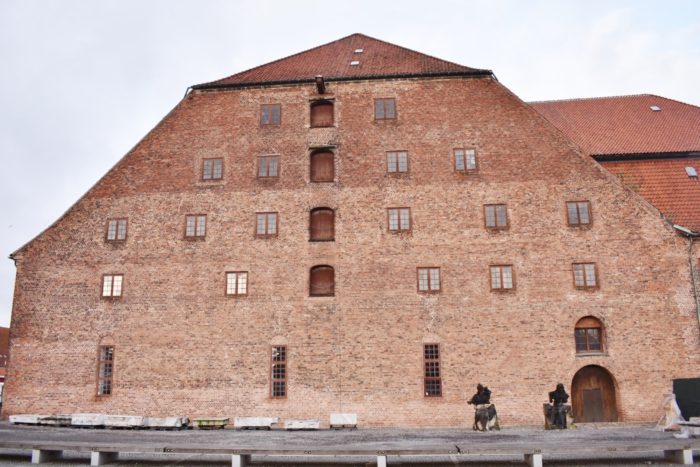
The building, dating back to 1562 was originally part of the network of outer defences of Copenhagen. It has the largest roofline of any building in Denmark. However Christian IV decided to turn it into a brewery in 1618. You have to remember that in those days no-one drank water. That was because it was far too polluted, and would lead to serious illness. In warmer countries wine would have been the drink of choice, but, in the cooler climate of Denmark, everyone drank beer.
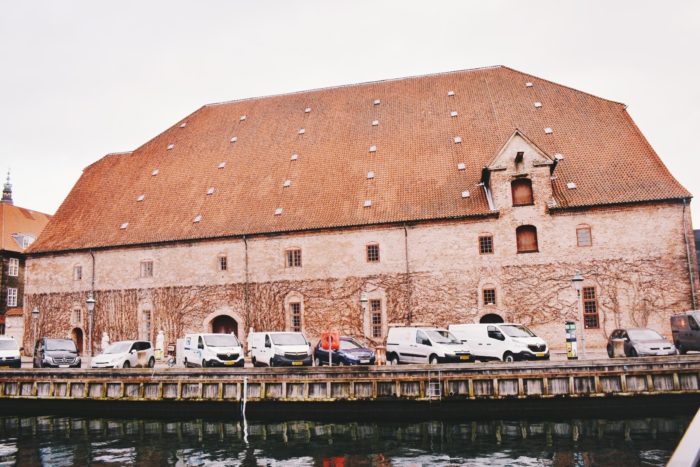
Christian the IV had a large army and navy, and each man’s daily allowance of beer was around a gallon, eight pints or over four liters per day. We are talking a lot of beer. Thankfully it was not as strong as the beer that we know today. The same ingredients were used over and over to produce multiple brews,, each one becoming slightly weaker. The first round of beer would go to the King and nobility, and subsequent brews would be destined for solders and tradesman. The final and weakest beer would be given to the woman and children.
In 2014 the city of Copenhagen turned the brew house, which had lain empty for years, into a lapidarium. The building is now full of almost four hundred old statues and sculptures, collected from royal gardens, squares, castles and palaces.
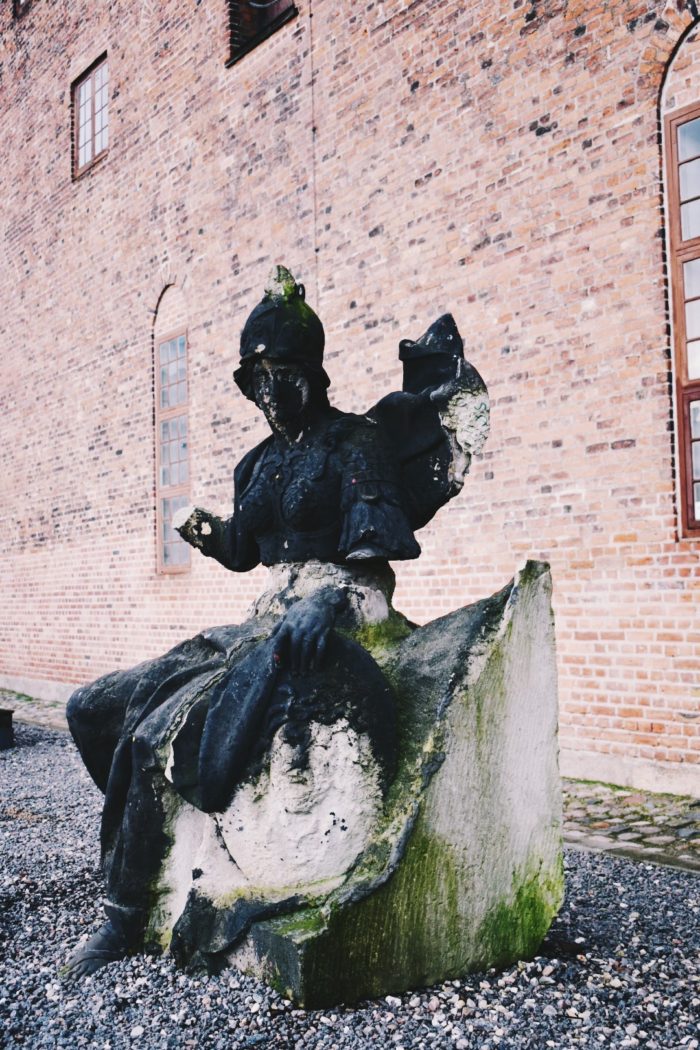
There are also many plaster casts. When statues are cast in metal, making a plaster cast is part of the process. In the brew house you will find Scandinavia’s first equestrian statue of Christian V in its original dark lead form, together with its white plaster of Paris copy. Towering over the other statues on the ground floor of the building is a copy of the French sculptor Saly’s equestrian statue of Frederik V.
The original, which stands in the centre of Amalienborg Palace Square, is the most expensive statue in Danish history, costing more than all four royal palaces. However it is ranked among the best in the world.
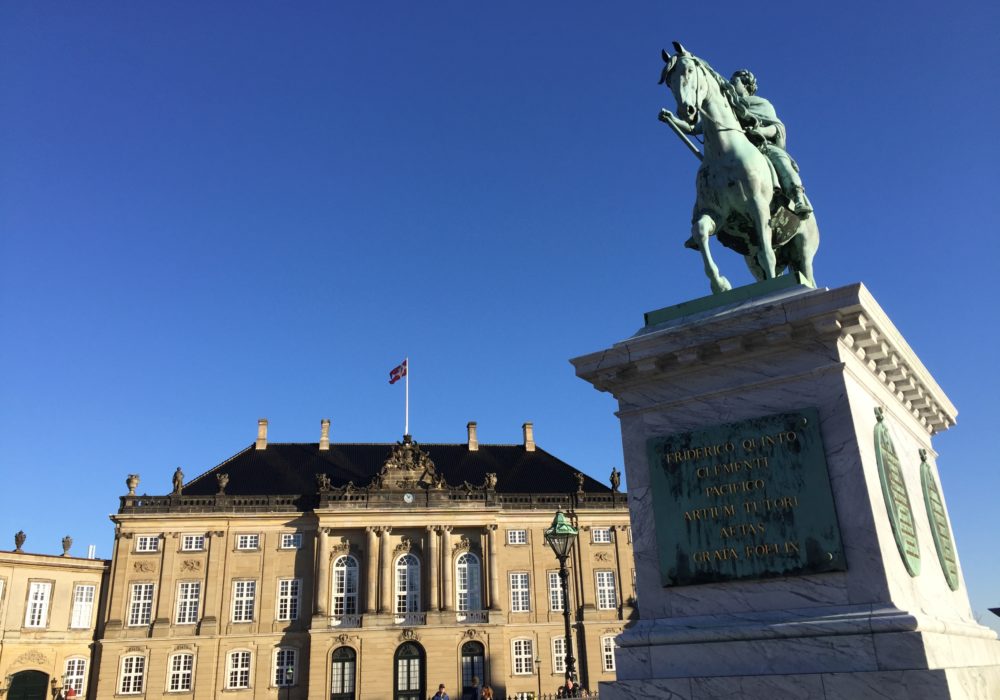
Blink
Alan and I have only been through the Lapidarium on Culture Night, when it, like hundreds of other museums and public spaces, is open to the public. There was also a ‘light installation’ on the night we first saw the inside, so there were really spooky areas of darkness. We were wondering around an old building full of rather creepy statues, waiting for one of them to suddenly move. Stuff of nightmares and for Dr Who fans, very much like an encounter with the Weeping Angels. My advise, only go in the daytime!
Opening hours
The Lapidarium of the Kings in Christian 4th’s Bryghus is open from 1st of June until 31st of August 2018 Tuesday – Sunday from 12:00 to 16:00.
Private tours can be booked throughout the year, it can also be rented out for corporate events and photoshoots!
Write to: [email protected]
Or call tel: 33 92 64 92
The Royal Cast Museum
The Royal Cast Museum, is housed in a gorgeous warehouse just minutes from Amalienborg, the palaces of the Danish Royal Family.
The West Indian Warehouse was built in 1780 during the period in Danish history known as the “Flourishing Period” (1775-1807). At that time Denmark owned, what is now, the American Virgin Islands, part of the group of Islands collectively known as the West Indian colonies. The warehouse was built for storing products imported from the colonies, especially coffee, sugar and rum. Copenhagen has just erected a new statue called ‘I am Queen Mary’ outside the warehouse.
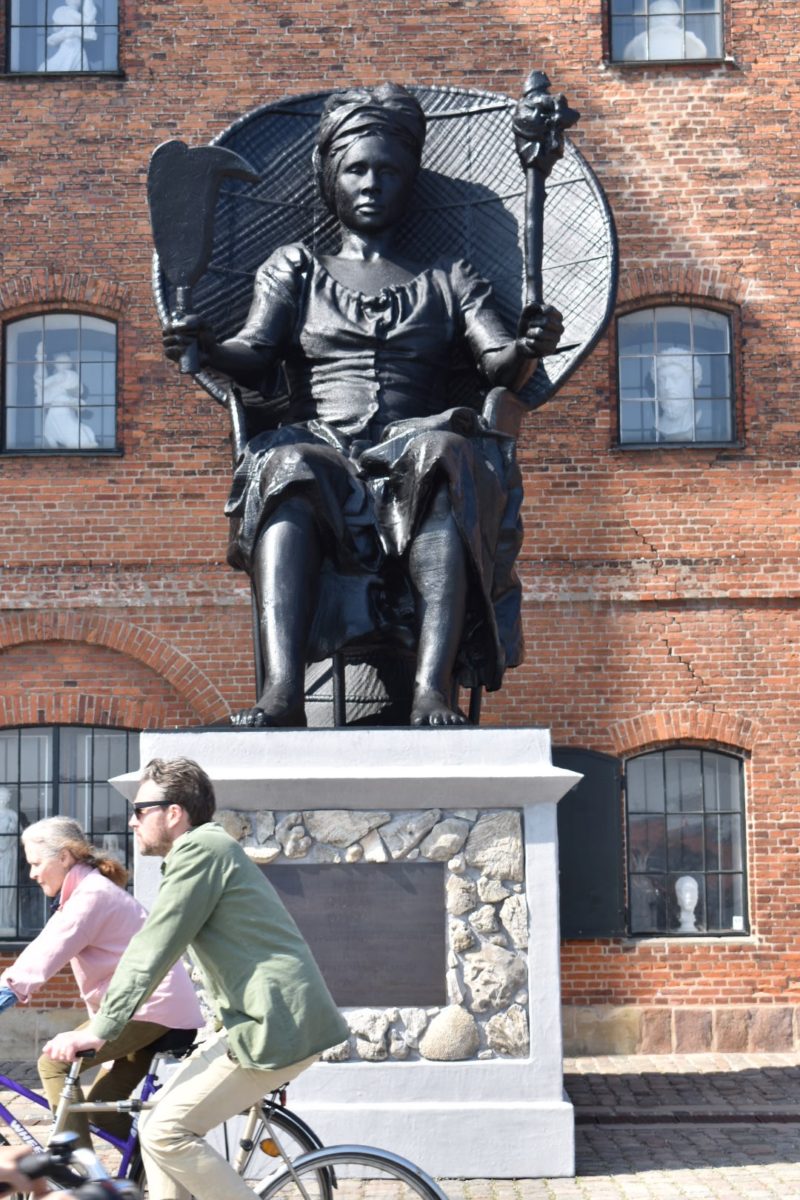
The idea behind the statue, the first black statue anywhere in Copenhagen, is to start a conversation about Denmark’s colonial past.
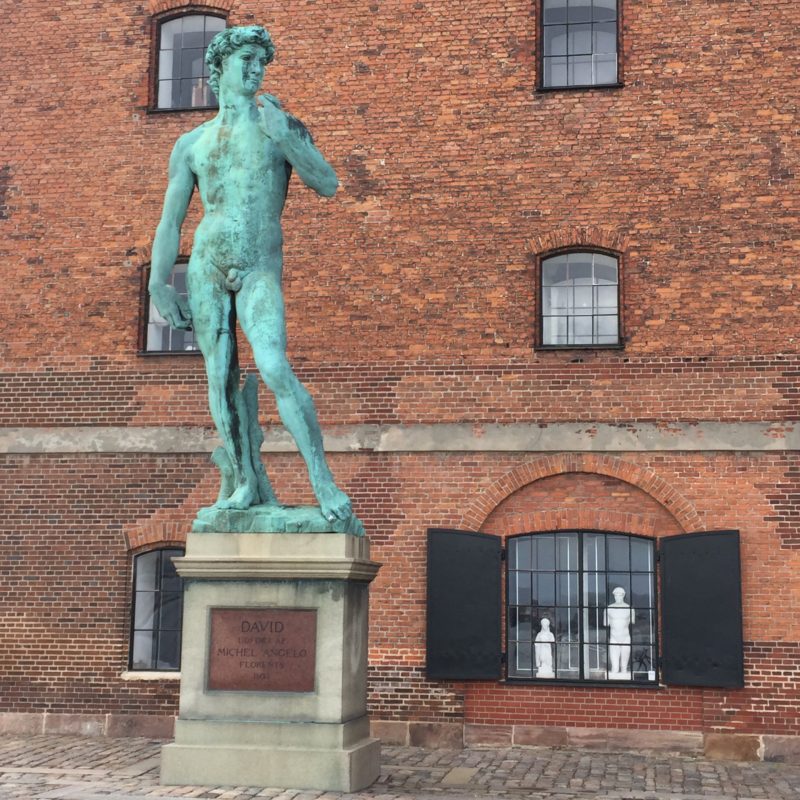
Inside The Royal Cast Museum you can see over two thousand plaster casts of sculptures from all over Europe. The Collection was founded in 1895, from a generous donation by Carl Jacobsen, of ‘probably the best lager in the world’ fame. It is part of Statens Museum for Kunst (SMK). There are so many statues they are rather thrown together at times.
Our guide, Henrik Holm, shared the fascinating history of the collection. He told us the motivation behind the large number of copies gathered in one place was to educate the Scandinavians about ‘culture’. It was, however, a highly curated view of culture, totally white and limited to the time period from around 600 BCE to around 1600 CE (Antiquity, Middle Ages, the Renaissance).
The ideas behind this narrow view of what represented true culture, deeply influenced by ancient Greece, came from the neoclassicist, Johan Joachim Winckelmann (1717-67). He is regarded as the founder of both archeology and art history and was the first to separate statues and sculptures by time periods.

Similar collections were also being placed around the world, at what was regarded as the outer edges of civilization, in China, Japan, native American and Australian aboriginal settlements. According to Winckelmann, these statues represented the only true version of culture and anything outside of their narrow confines, such as Chinese ceramics or stone age sculptures were not considered ‘art’. Not surprisingly the Danish did not take kindly to being told what they could and could not like and the collection was not a huge success.
The collection fell further out of favor as the 20th century progressed. The statues were seen to represent a colonial view of the world and alarmingly a view that was only shared by the more despotic totalitarian Communists, Nazis, and Fascists. With the arrival of ‘modern’ art there was no need to keep copies of centuries old statues. In 1966 the entire collection was moved to a leaky barn outside Copenhagen.
Over the next twenty years however there was a dawning realization that Denmark had a rather impressive collection of statues. Many of the copies were in better condition than the originals and where else could you study so many different pieces of art from so many different sources?
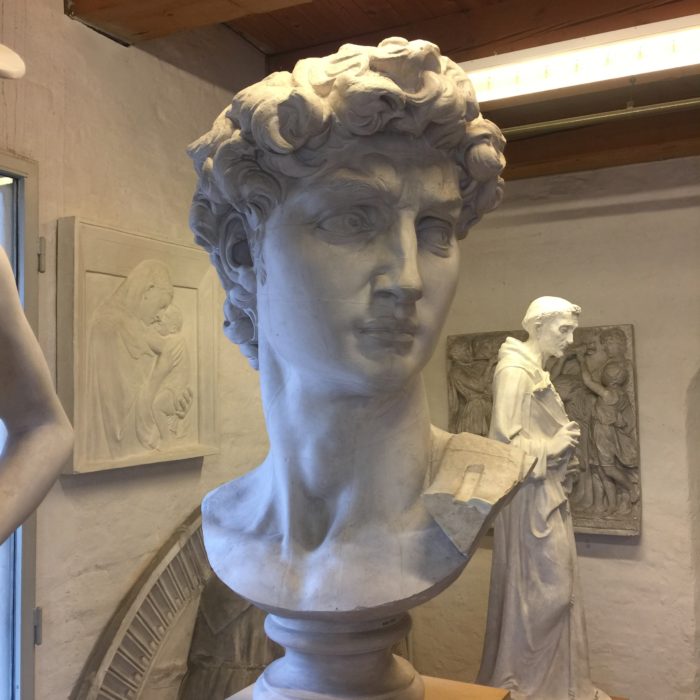 The statues were moved to their present location in 1984 and over the next seventeen years were carefully repaired and restaged. Sadly, in 2002, cuts in the arts budget saw all employees at the collection being fired and the museum’s opening hours drastically reduced. There is now talk of selling the warehouse for redevelopment and dispersing the collection.
The statues were moved to their present location in 1984 and over the next seventeen years were carefully repaired and restaged. Sadly, in 2002, cuts in the arts budget saw all employees at the collection being fired and the museum’s opening hours drastically reduced. There is now talk of selling the warehouse for redevelopment and dispersing the collection.
While we were in building (in January), many people tried to come in to see the statues but the museum is now only open for private tours and special events. It does seem rather a shame, as during the summer the area is full of tourists looking for fun things to do and the building and its contents are incredibly cool and interesting.
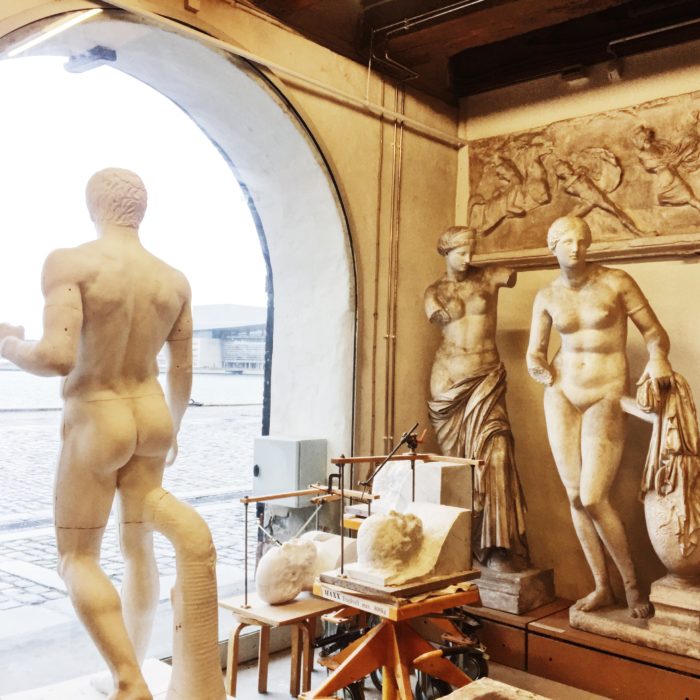
The Royal Cast Museum is only open by appointment to prearranged tour groups.
To follow / like the cast collection: Facebook and smk.dk/en

Order at the booking-service: +45 33748484/[email protected]


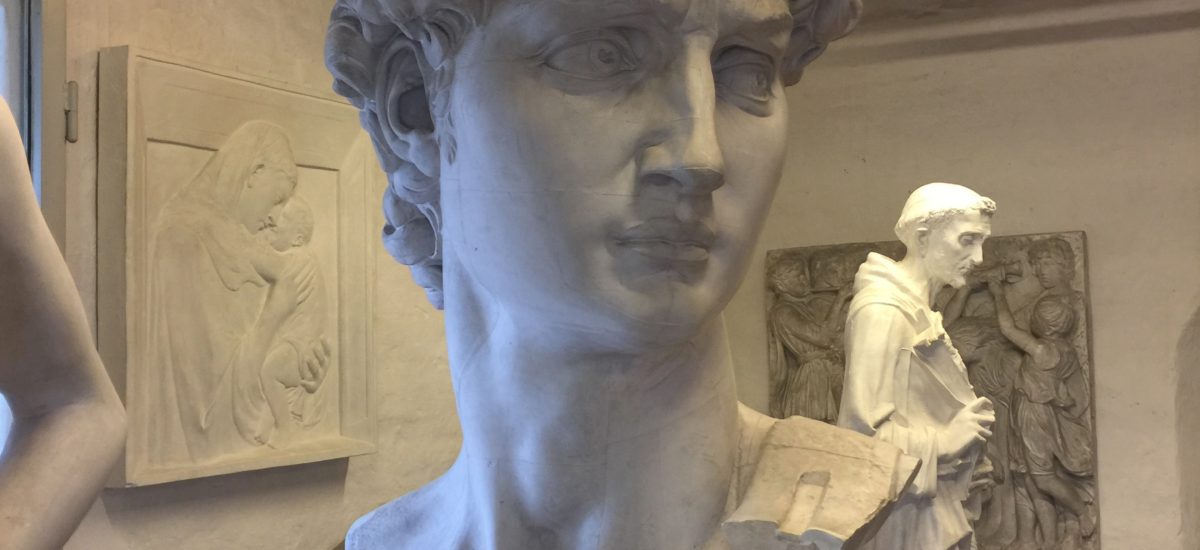
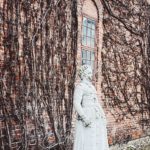
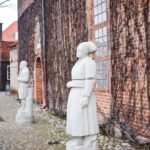
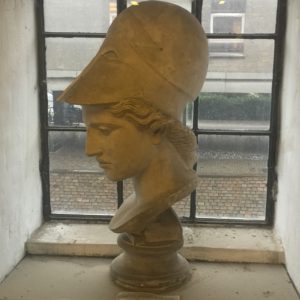
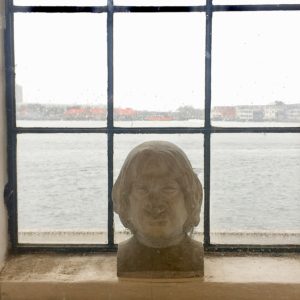
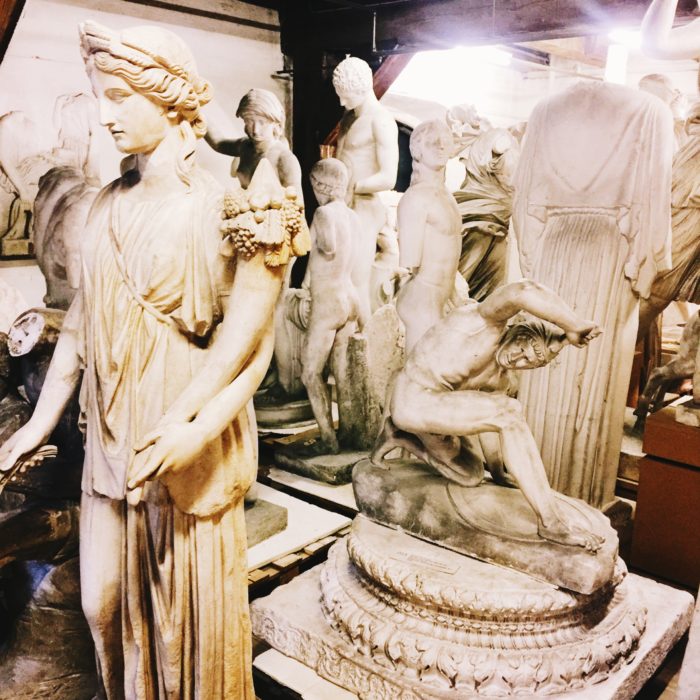


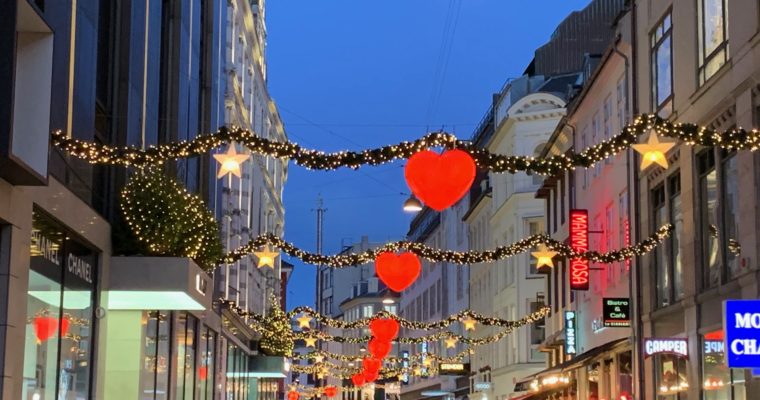
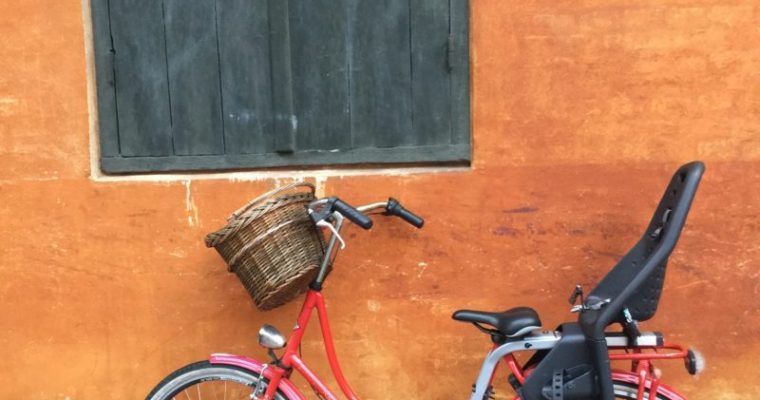
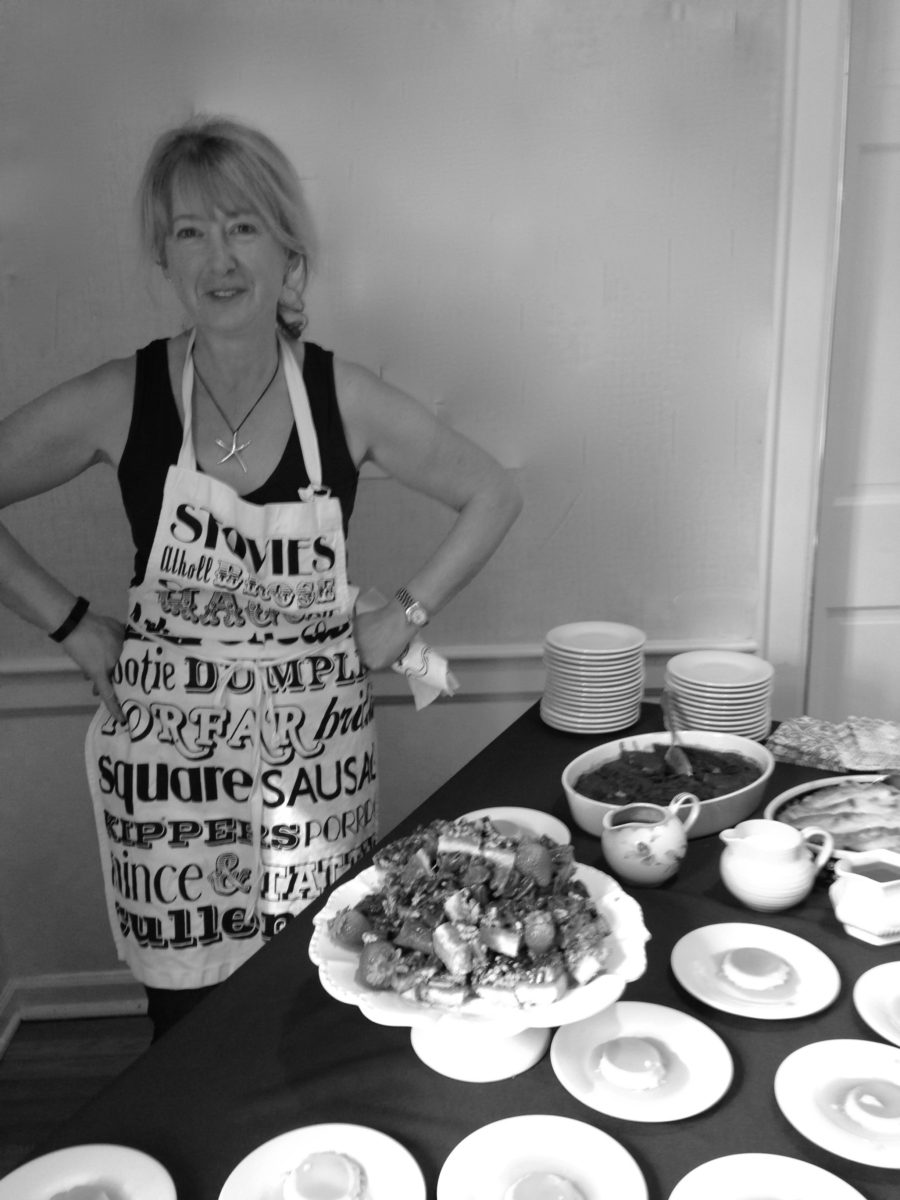 That's me in the corner
That's me in the corner



